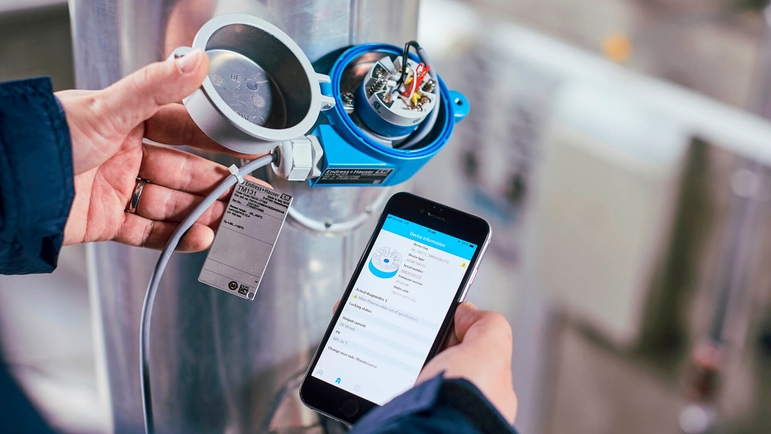Endress+Hauser is investing in IEC 62443–4‑1 certification to ensure cybersecurity in terms of product development processes and product life cycles. This has been confirmed by TÜV Rheinland through its certification. As a result of its compliance with certified guidelines, the company contributes to the reliable and safe operation of its products in its customers’ plants.
The manufacturer’s measuring devices and components ensure safe and reliable operation of process plants in countless processes. Cybersecurity for industrial plants and the Industrial Internet of Things (IIoT) are increasingly coming to the fore. In view of advancing networking and digitalization, it is essential to protect production plants and their automation technology from unauthorized access.
In order to protect customers’ production facilities in the best possible way, Endress+Hauser lays the foundations for secure operation as early as the planning and development process for its products and services. The fact that this product development process, as well as the life cycle of the products, meet the highest international standards was confirmed by TÜV Rheinland in March with certification in accordance with the IEC 62443–4‑1 standard.
“This is proof of the quality of our work, which we are very pleased about. In view of the technical advances — just think of the Advanced Physical Layer or IIoT products — it is very important to us not only to drive digitization, but to continue to ensure the security of our devices and software in lockstep. With this certification, we ensure that all colleagues involved work at the same security level. In this way, we are laying the foundation for being able to offer high-quality measurement technology, automation and IIoT products for networked production in the future as well.”
— Mirko Brcic, Product Security Officer
Safe automation technology
Aligning companies’ processes with IEC 62443–4‑1 ensures, among other things, that products are developed from the start, taking into account all safety requirements, and that even supplied components do not pose a risk. In addition, there are code analyses and reviews as well as penetration tests and the provision of security updates. In total, eight different areas can be used to define what a secure development process for products should look like:
Security management
Specification of security requirements
Secure design guidelines
Secure Implementation
Verification and validation of security features
Vulnerability management
Creation and publication of security updates
Security product documentation
Strong innovation

















